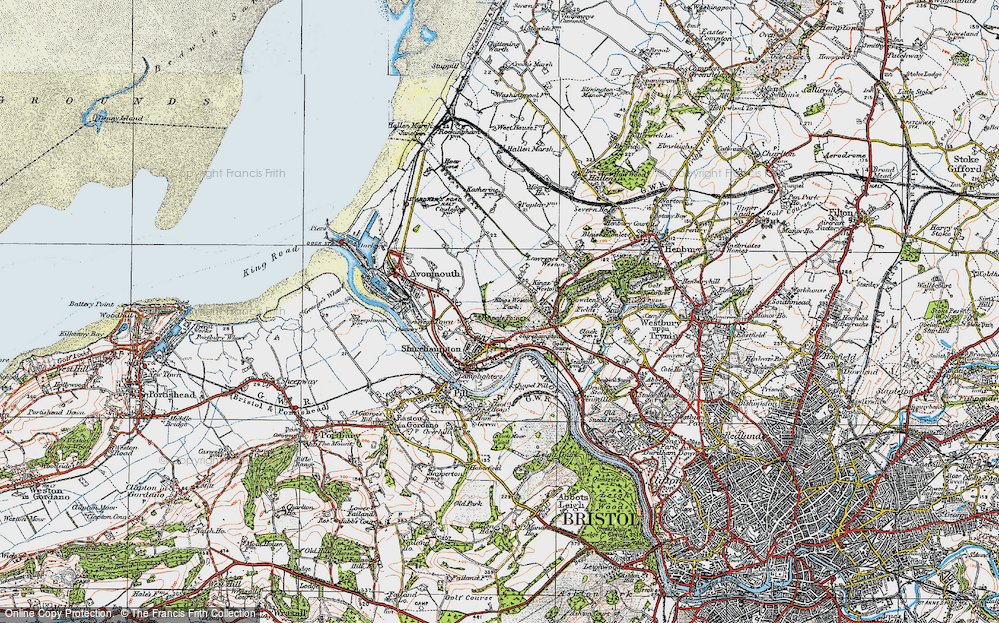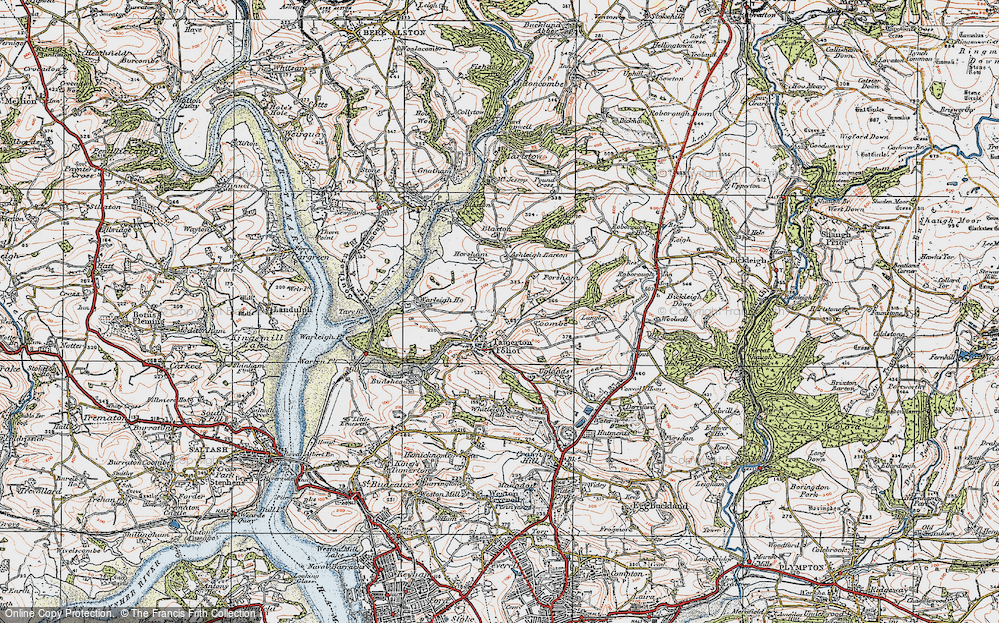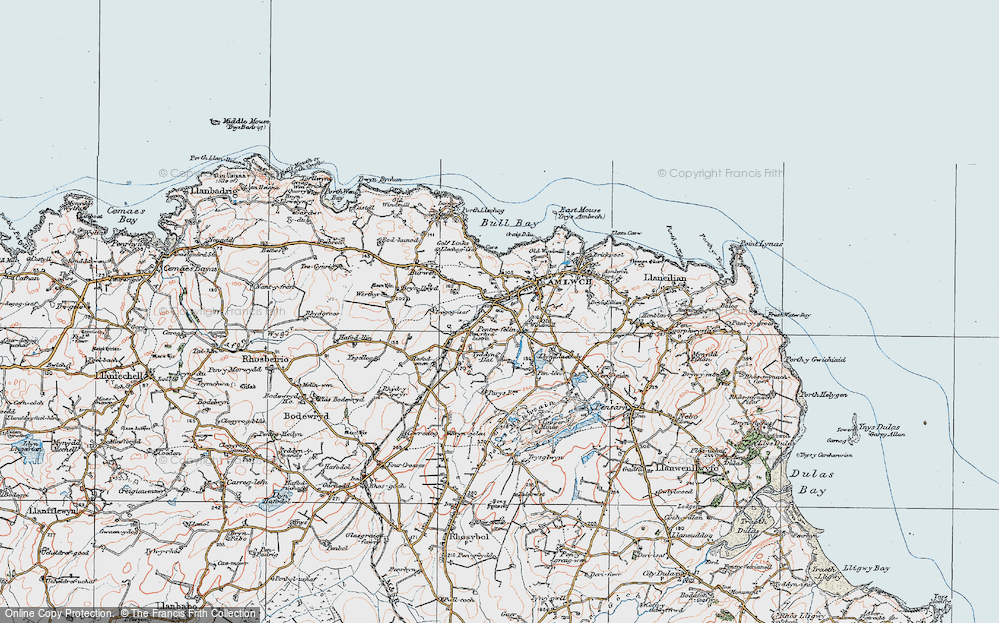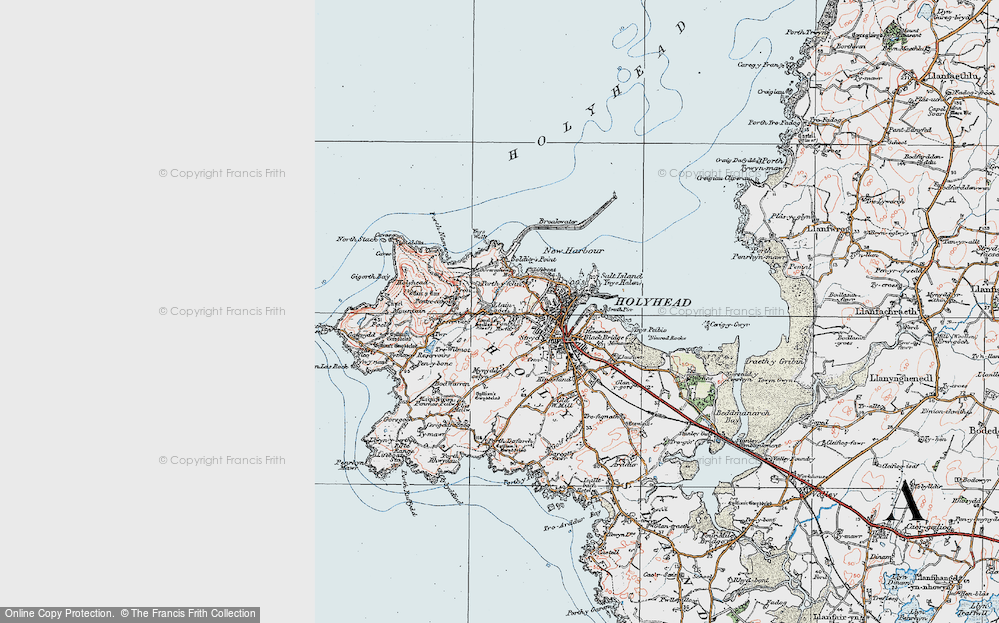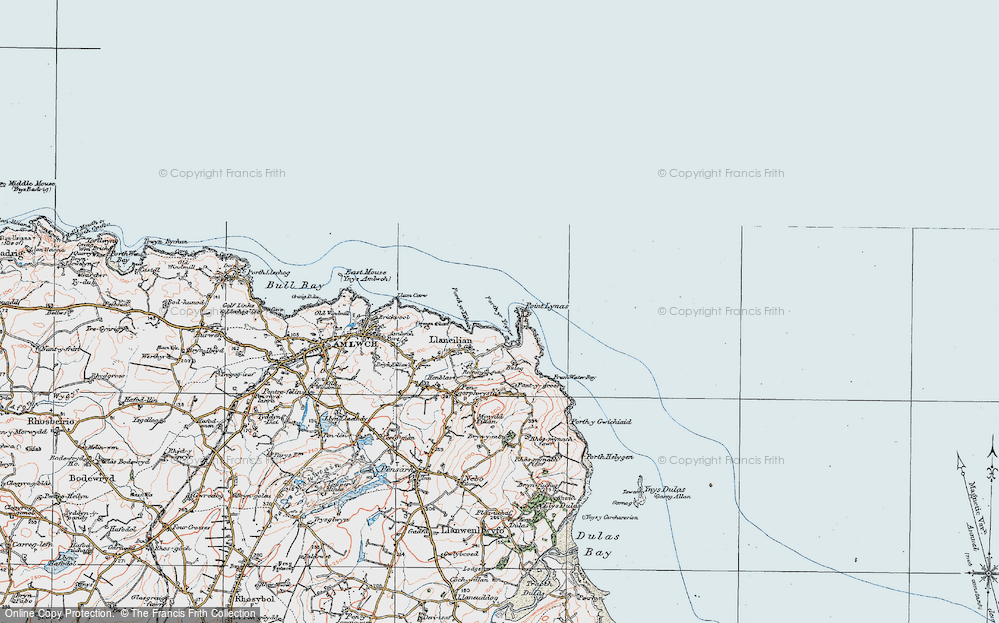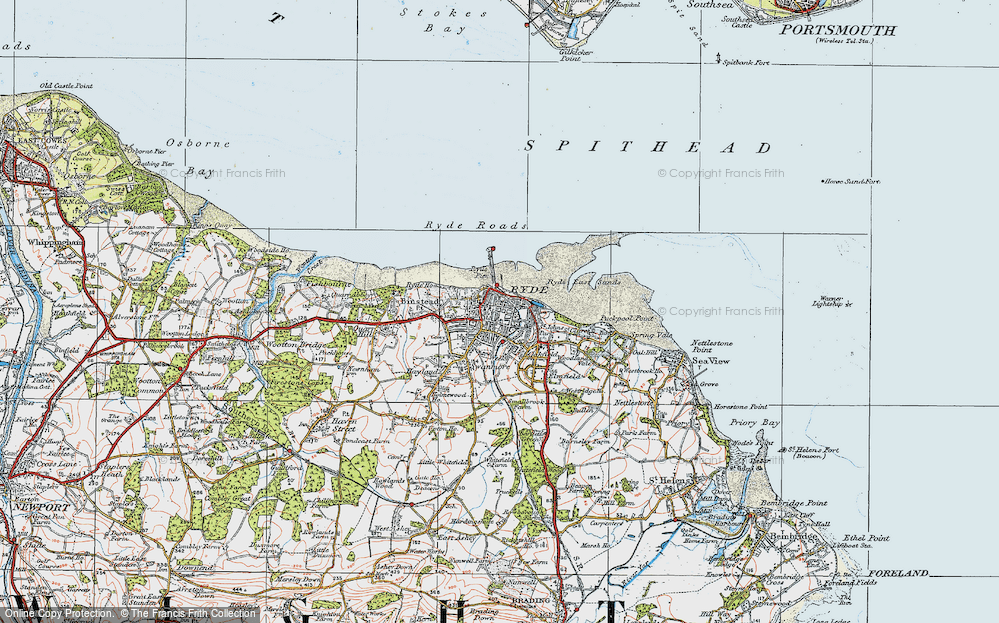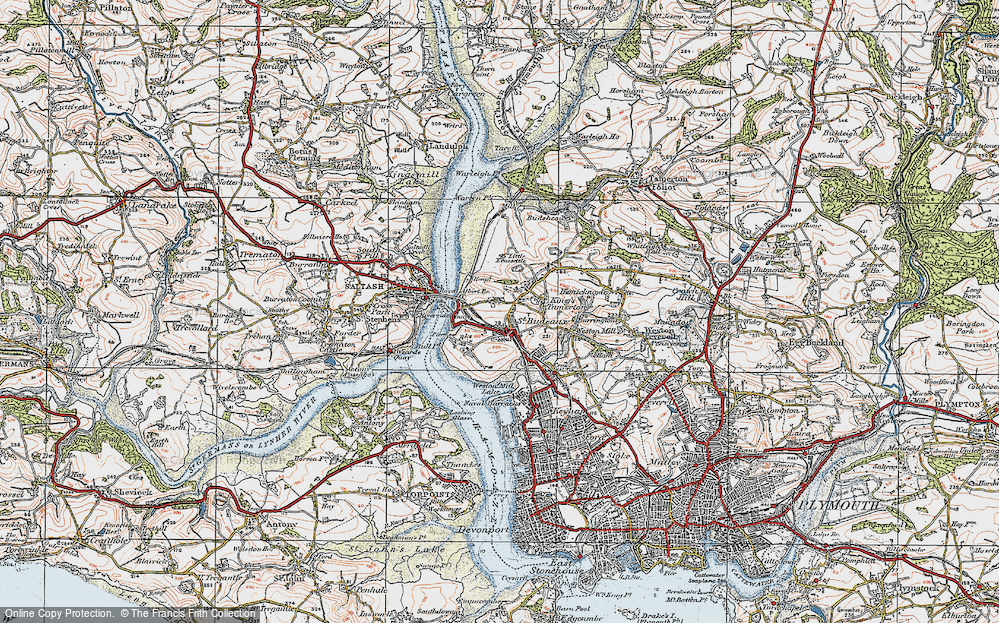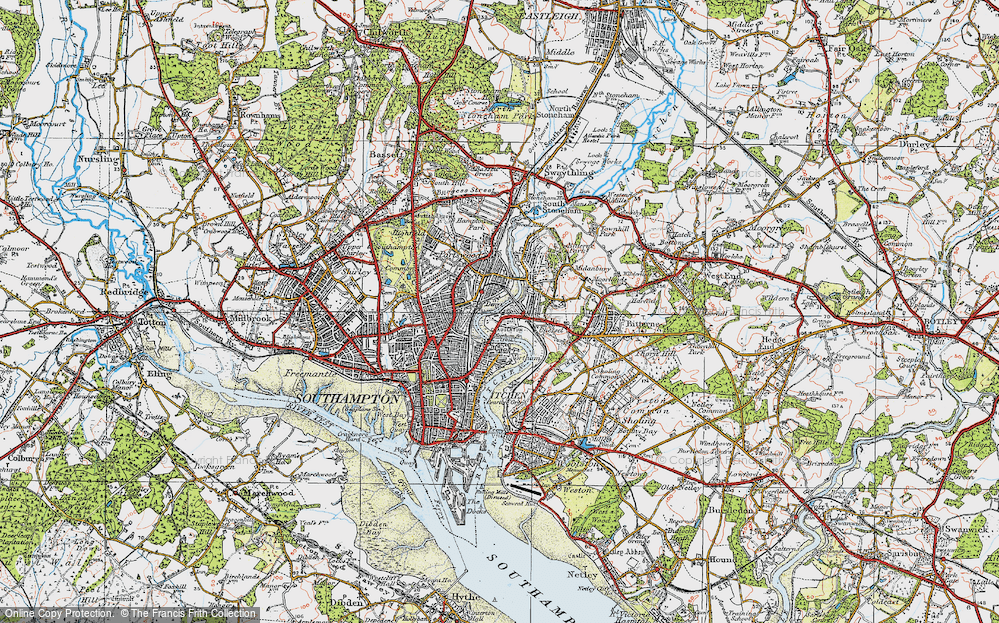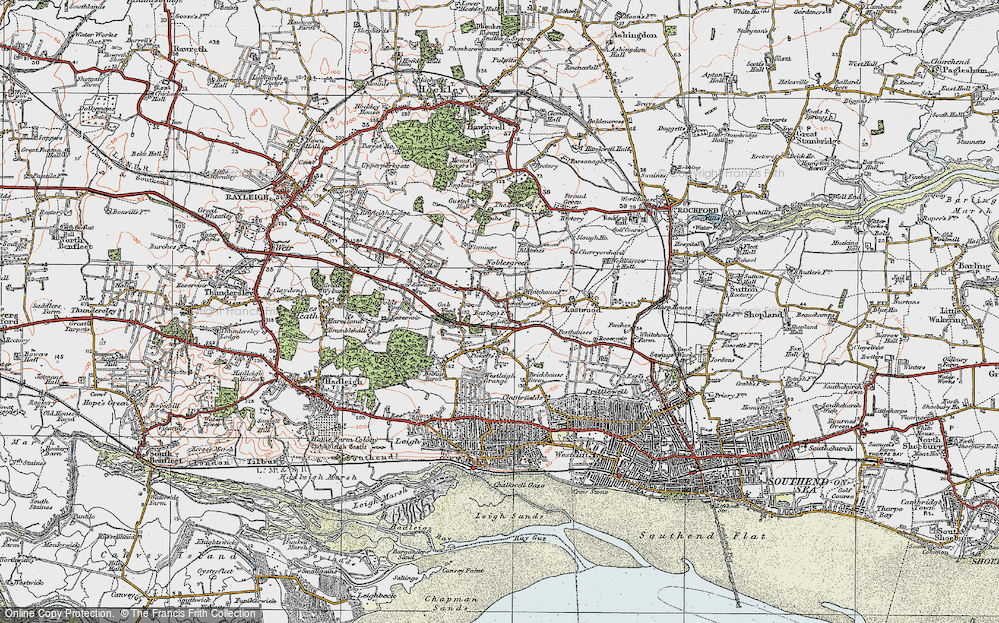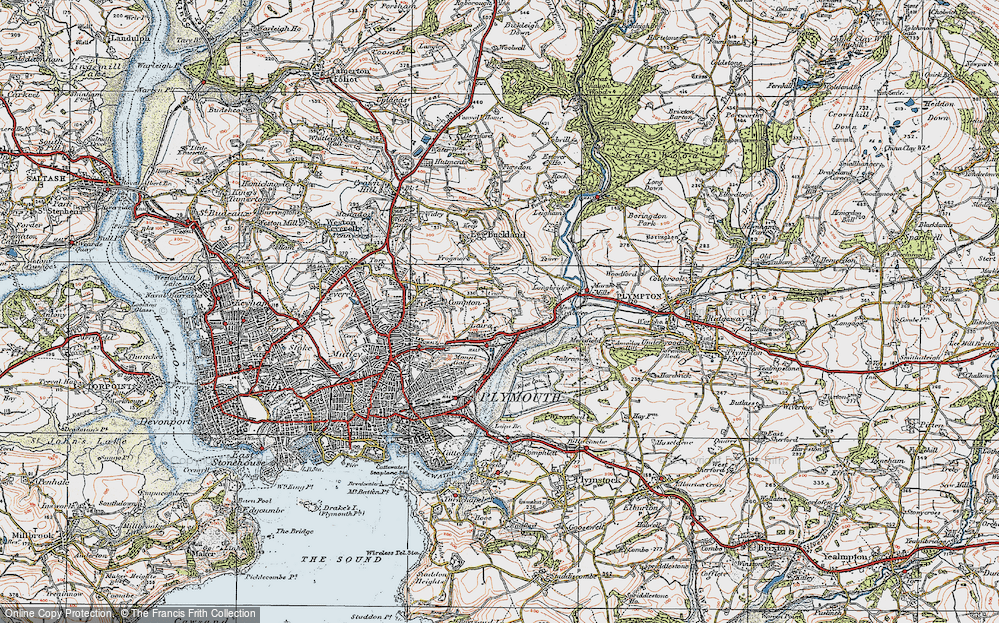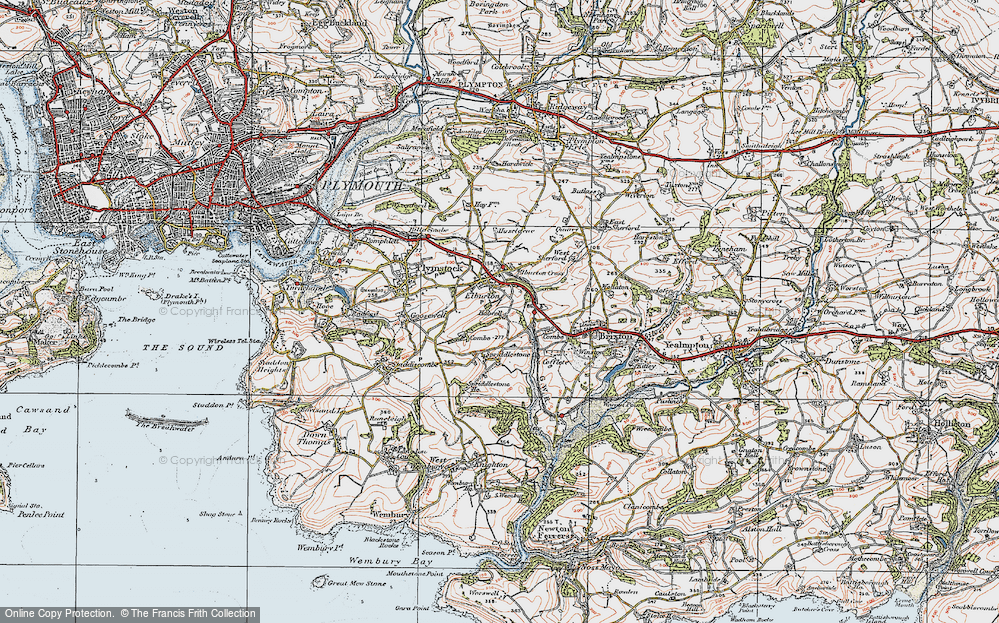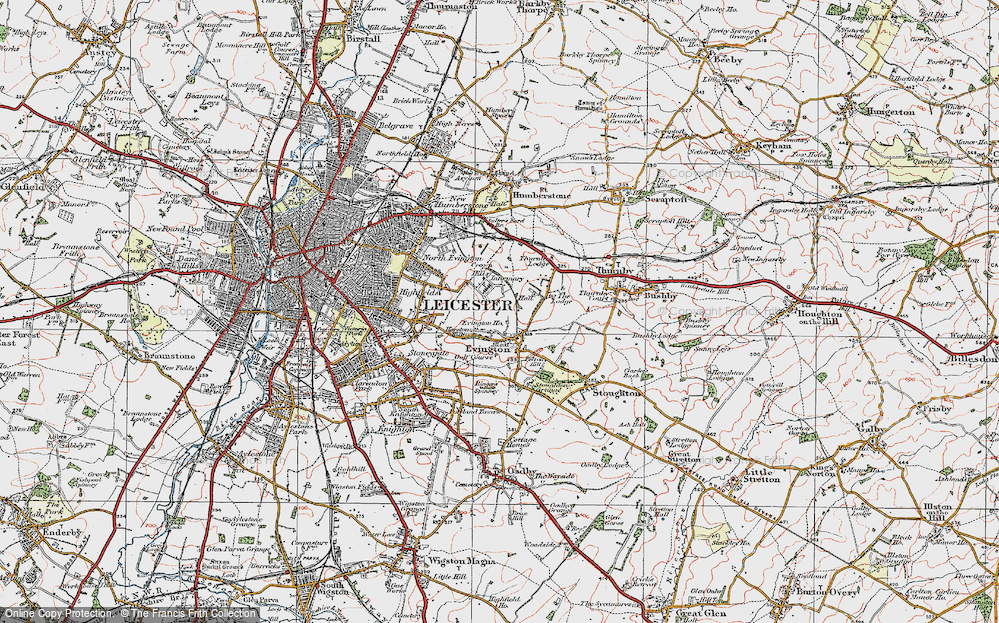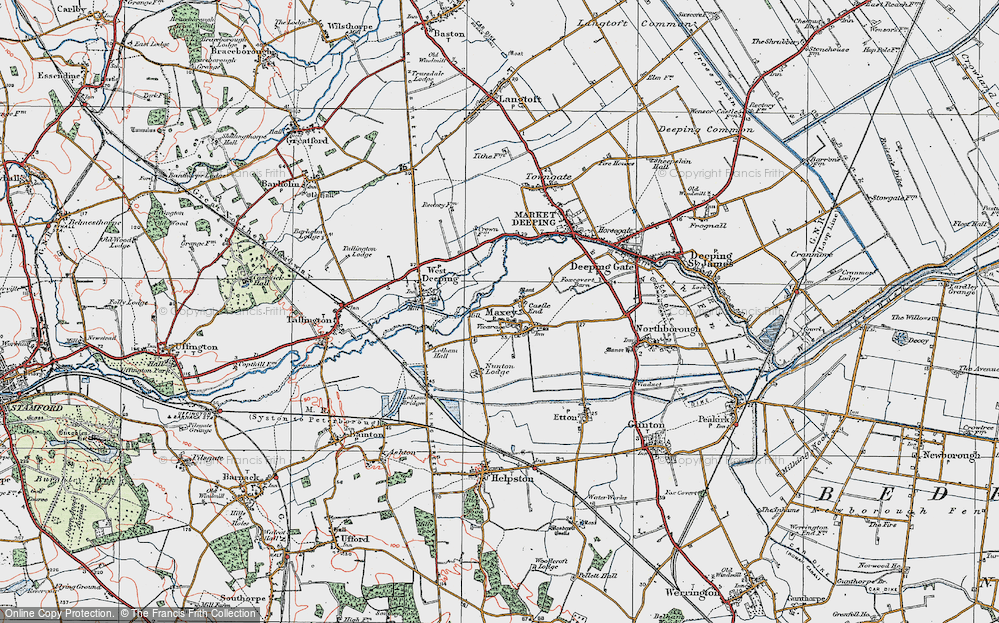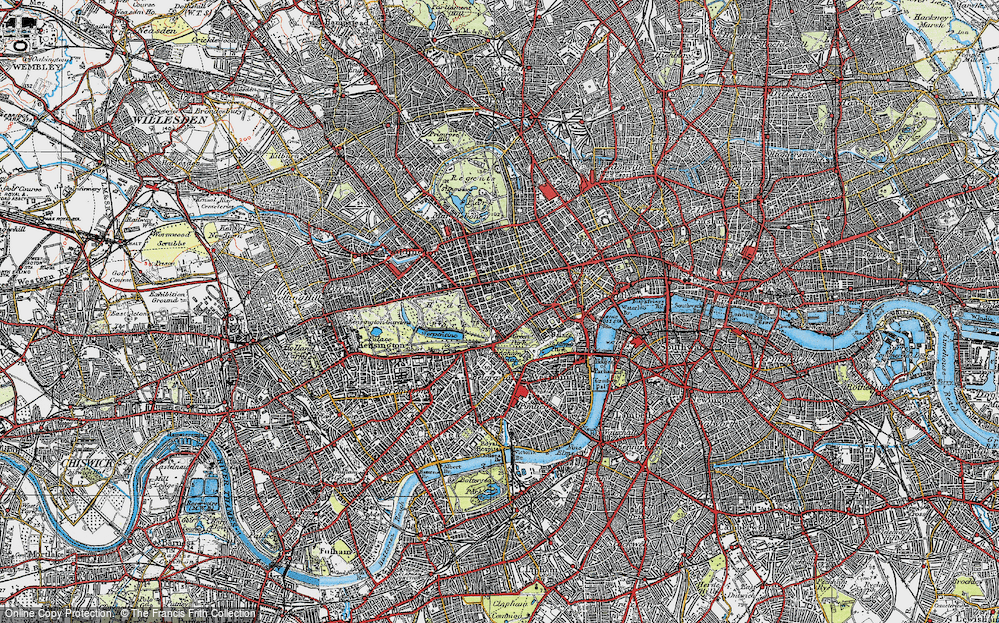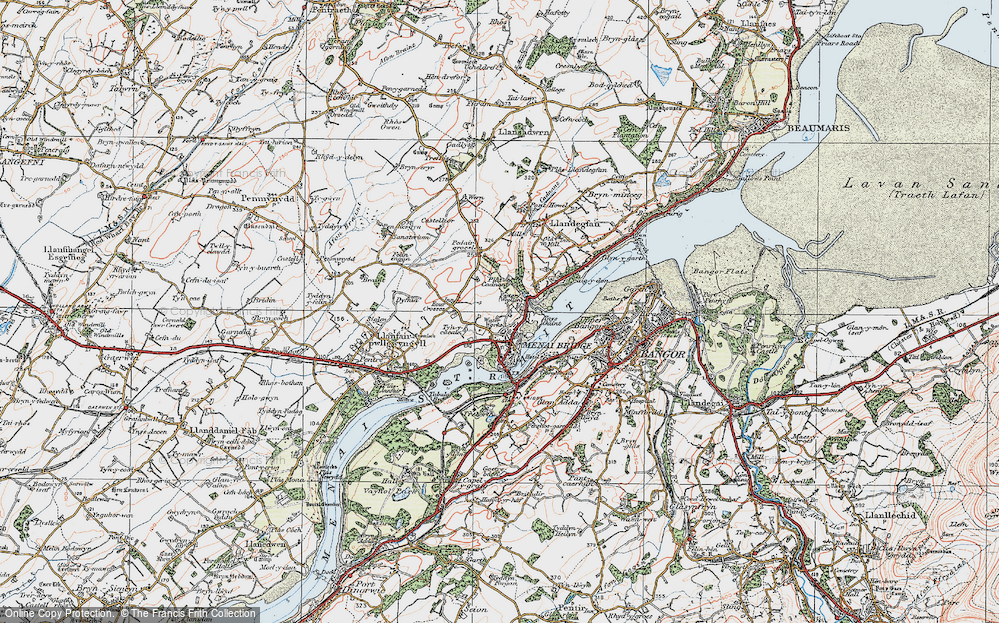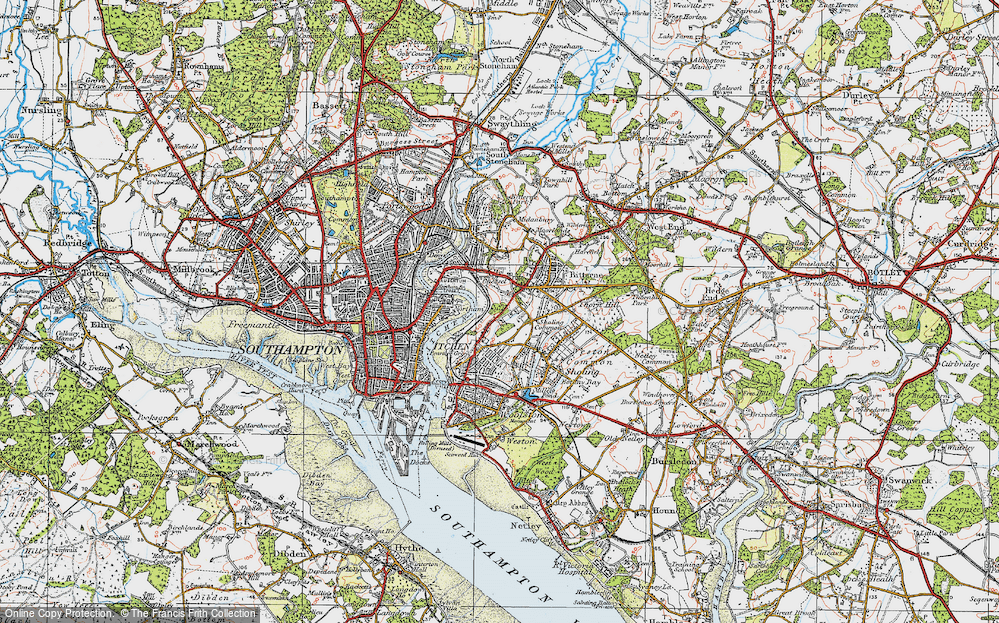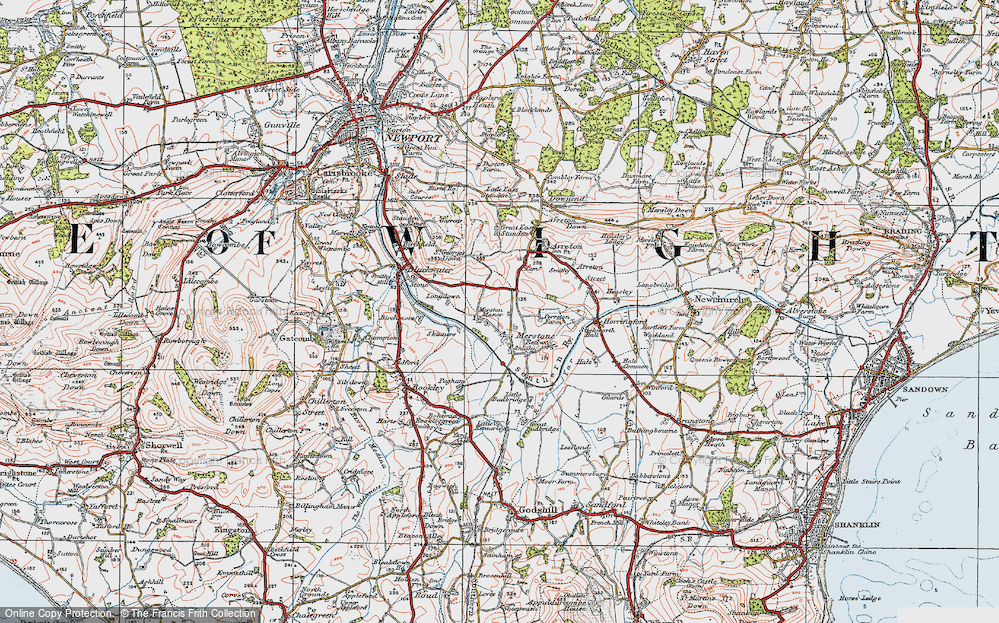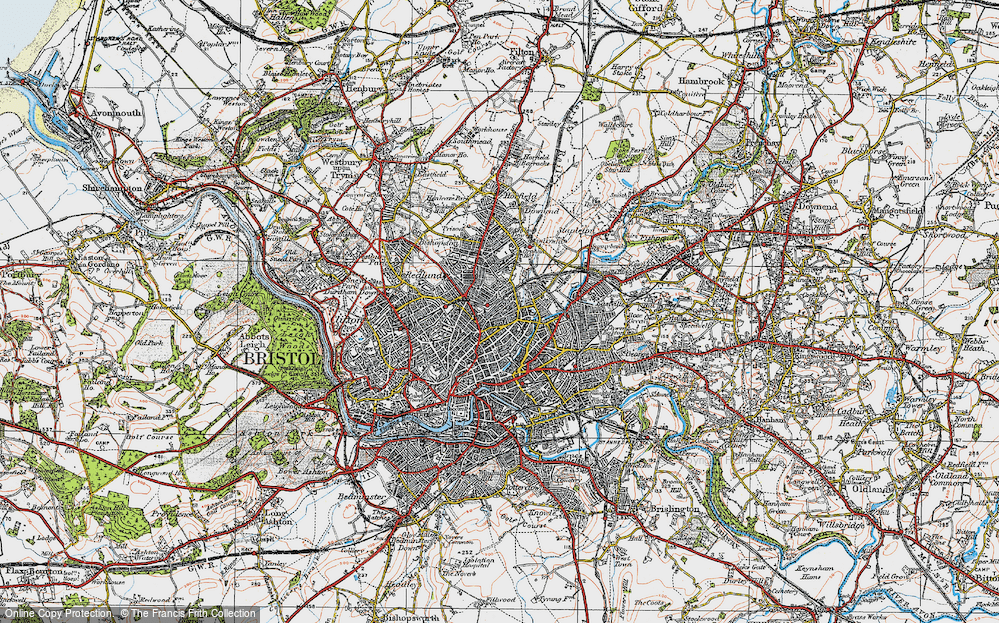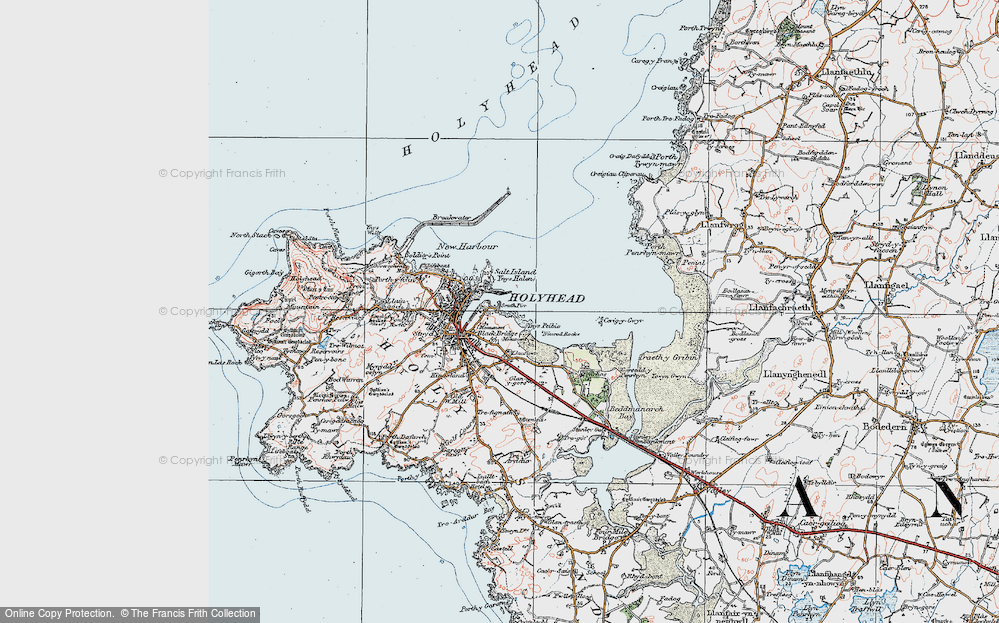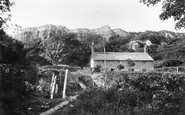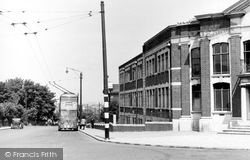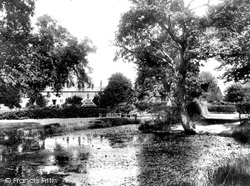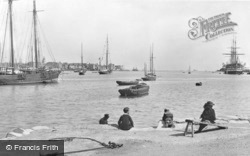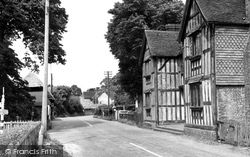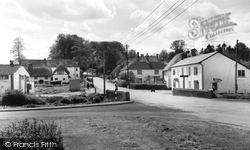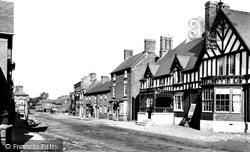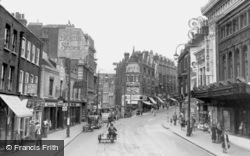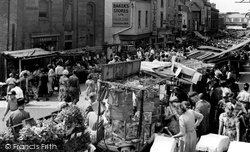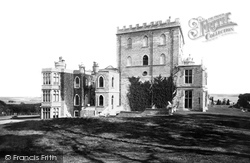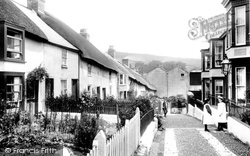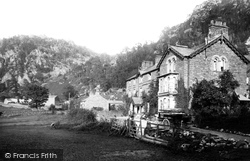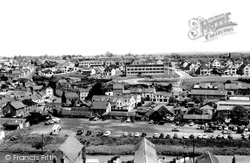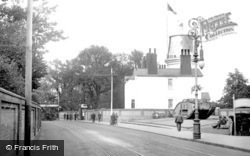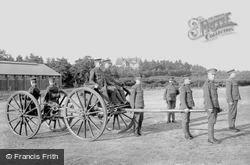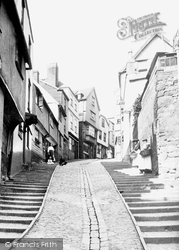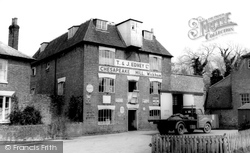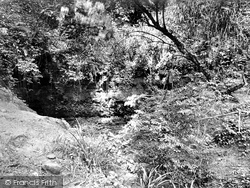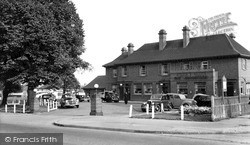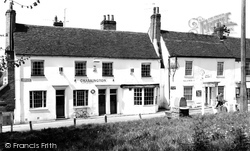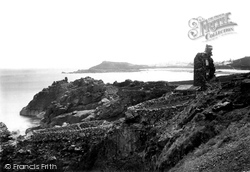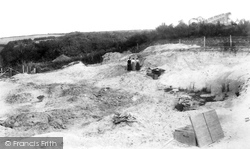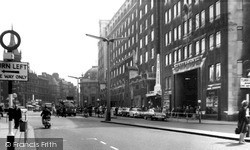Places
Sorry, no places were found that related to your search.
Photos
Sorry, no photos were found that related to your search.
Maps
7,034 maps found.
Books
163 books found. Showing results 4,321 to 4,344.
Memories
22,913 memories found. Showing results 1,801 to 1,810.
My Grandad Humphreys Thomas John1875 1965
Grandad Humphreys, he was a carpenter making and restoring the Lockgates on the Montgomery Canal. Born in Welshpool 1875-1965. I remember the little trains running across Church Street as a boy of 8 years ...Read more
A memory of Welshpool in 1954 by
Beanfield Secondary
I was in that class at Beanfield Secondary and remember, Jim Drummond, Ray Shillitoe,Pete Bird and also Mick Hambly, Clive Evans, Ann Francis, Irene Mitchell, Jim Gardener, John Gamble, Michael Parker and others. I lived on the ...Read more
A memory of Corby in 1965 by
I Lived In Midford
The family moved to Midford when I was 15 (1966)... We lived in The Laurels, as you go down Midford hill heading away from Bath our house was to your right over the valley.... I used to work in Bath (David Gregs) and rode a ...Read more
A memory of Midford by
Synagogue
Brynmawr, my home town, although I haven't lived there for nigh on 40 years, it's still home. I have good and bad memories of Brynmawr. I was always regarded as a blacksheep, rebel, so the bad memories are of my own making. But thankfully, ...Read more
A memory of Brynmawr by
Living In Rye
Hi, I lived in Rye until I went into the army in 1955. I went to the Primary School in Ferry Road, then to the Rye Secondary Modern. When the Seond World War was on we were living at Cadborough, then we moved to Military Road, a ...Read more
A memory of Hastings in 1940 by
Childhood
My memory of Little Kingshill: I went to live with my aunty and uncle Mr and Mrs Kitchener in Ashwell Farm Cottage. My uncle worked up on Ashwell Farm. I used to sit out in my pram eating a bowl of veg. I went to Little Kingshill ...Read more
A memory of Little Kingshill in 1951
My Memories Of Mossband
I lived with my parents at 28 The Green, Mossband from around 1942 (when I was one year old) until 1949, when my Father, Edward Lovie (a WD constable) died from throat cancer. My memories are all fairly traumatic and ...Read more
A memory of Mossband Ho in 1940 by
Relatives Buried At Rousdon Church
My great grandmother's sister Frances Ostler/nee Start (died 1889) is buried at Rousdon Church yard with her husband Luke Ostler (died 1916). They have a very strange looking memorial it is a long oak slab with an ...Read more
A memory of Rousdon in 1880
Demesne Road
I never actually lived in Wallington but had an aunt who lived there for many years. Her name was Mary and Joe Smith and had two kids called Paul and Denise. Joe was a scout leader. I spent many school holidays with the Smiths and ...Read more
A memory of Wallington in 1968 by
Southdown Cottages
My paternal grandmother`s sister, Aunt Lil (Lily) and husband Uncle Perc (Percy) Noakes lived down the narrow pathway in the middle of the Southdown Cottages. As a child we used to visit them and I remember they had a cottage ...Read more
A memory of Willingdon by
Your search returned a large number of results. Please try to refine your search further.
Captions
9,654 captions found. Showing results 4,321 to 4,344.
At this time, too, the Rainham Marshes shore on the Essex bank opposite had not yet been raised by landfill. But the upstream skyline is little changed today.
The Greg family lived nearby at Norcliffe Hall, which was built in the Elizabethan style.
Richard I was responsible for establishing a settlement on Portsea Island, and it was he who built the first dock at Portsmouth in the late 12th century.
The 16th-century half-timbered Manor House in Vyne Road fronts directly onto the road, so that its striking architecture, including carved bargeboards on the gables, can be studied at close quarters.
Middle Wallop is a village of at least twenty-six houses with a garage, a pub and an army airfield.
It offered garaging for automobiles, but anyone intending to stay at the King's Arms had to either to send a wire or turn up on spec, as there was no telephone.
A view north up the High Street, which bears slightly to the right. Ahead is the entrance to Surrey Street by a corner building - it still survives.
A view north up the High Street, which bears slightly to the right. Ahead is the entrance to Surrey Street by a corner building - it still survives.
A castle was first erected on Brownsea Island by Henry VIII, and was strengthened at the time of the Armada.
Sherborne Lane is shown here when the Crown and Anchor, the large building at the foot of the hill, was still open.
The Borrowdale Hotel is in one of the wildest valleys of Lakeland.
Looking to the north-east the course of the Western Cleddau can just be seen at the bottom of the picture beyond what would have been part of the Marychurch Foundry.
The changeover from sail to steam saw a resurgence in business for the port of Lowestoft.
A fine study of a gunnery team standing to attention at Deepcut Camp.
At the bottom is 'The House that Moved': this historic local building was in the path of a road scheme, and was carefully excavated and rolled some 400 yards to a new position.
Richard I was responsible for establishing a settlement on Portsea Island, and it was he who built the first dock at Portsmouth in the late 12th century.
Chesapeake Mill dates back to 1820 and was built by John Prior, a miller, partly of woodwork from an American warship of that name, captured by the much smaller British HMS 'Shannon' off Boston Harbour
At the time this photograph was taken, charabancs would leave the monument in Hastings each day to visit local beauty spots such as Fairlight Glen.
The Woodstock, constructed in the 1930s, continues to flourish today as it clearly did when this photograph was taken with these cars parked in the forecourt, although the frontage of the pub has since
The White Horse stands in the High Street with a car park at the rear. Note the tall, brick-built chimneys. On the grass in front of the hotel is a pump and a trough.
The Island stands at the western end of Porthmeor Beach, visible behind the ruined mine building.
These Edwardian ladies are looking at the Iron Age cemetery that was discovered here in 1900.
St Mary's, a flint building with stone dressings, was erected in 1866 from designs by A Woodyer. Lasham was not always the peaceful village it appears today.
On the right is the entrance to Leeds City station. At one time there were three railway stations in the city centre: Central, Wellington and New.
Places (0)
Photos (0)
Memories (22913)
Books (163)
Maps (7034)


